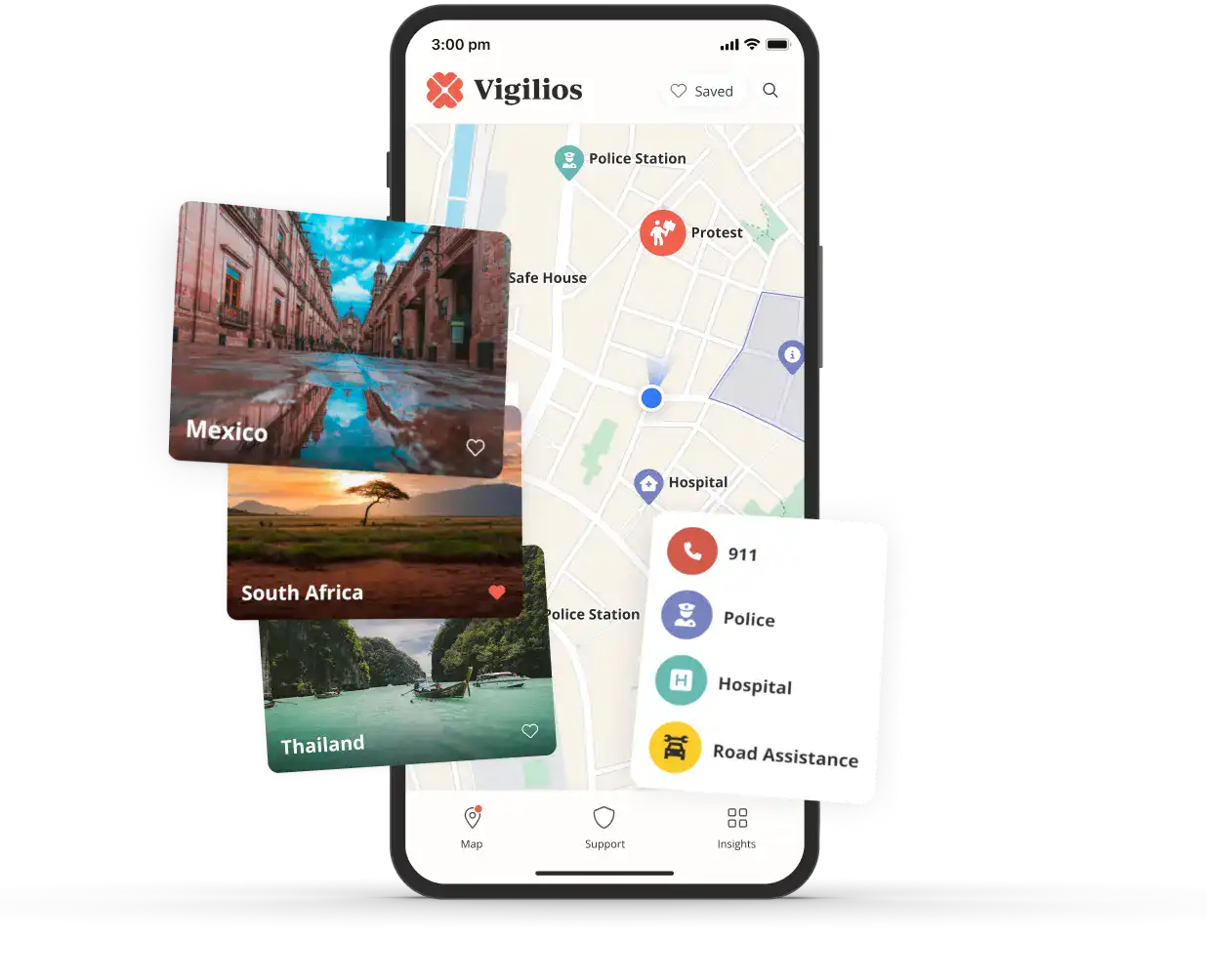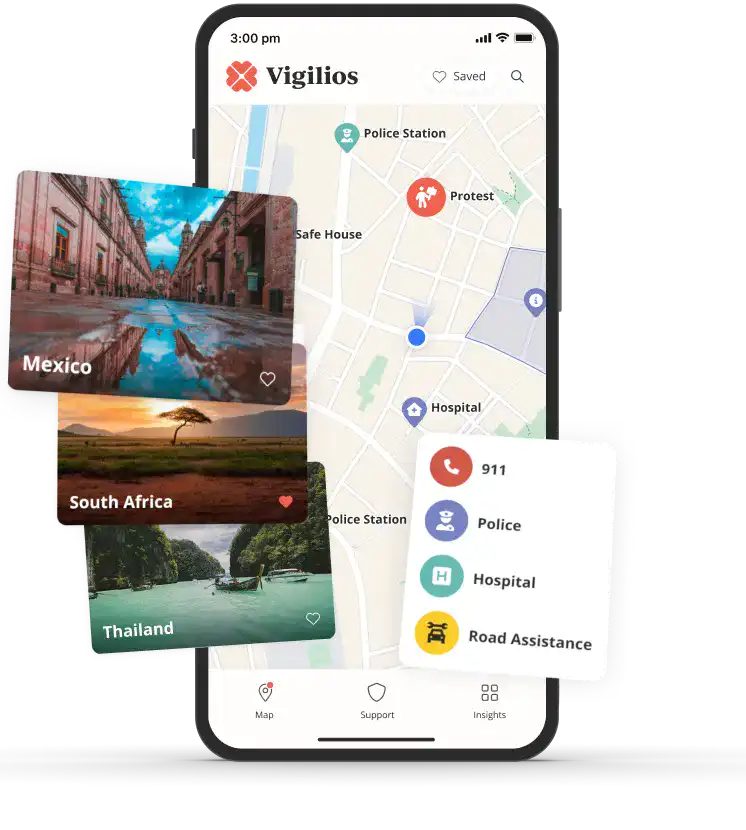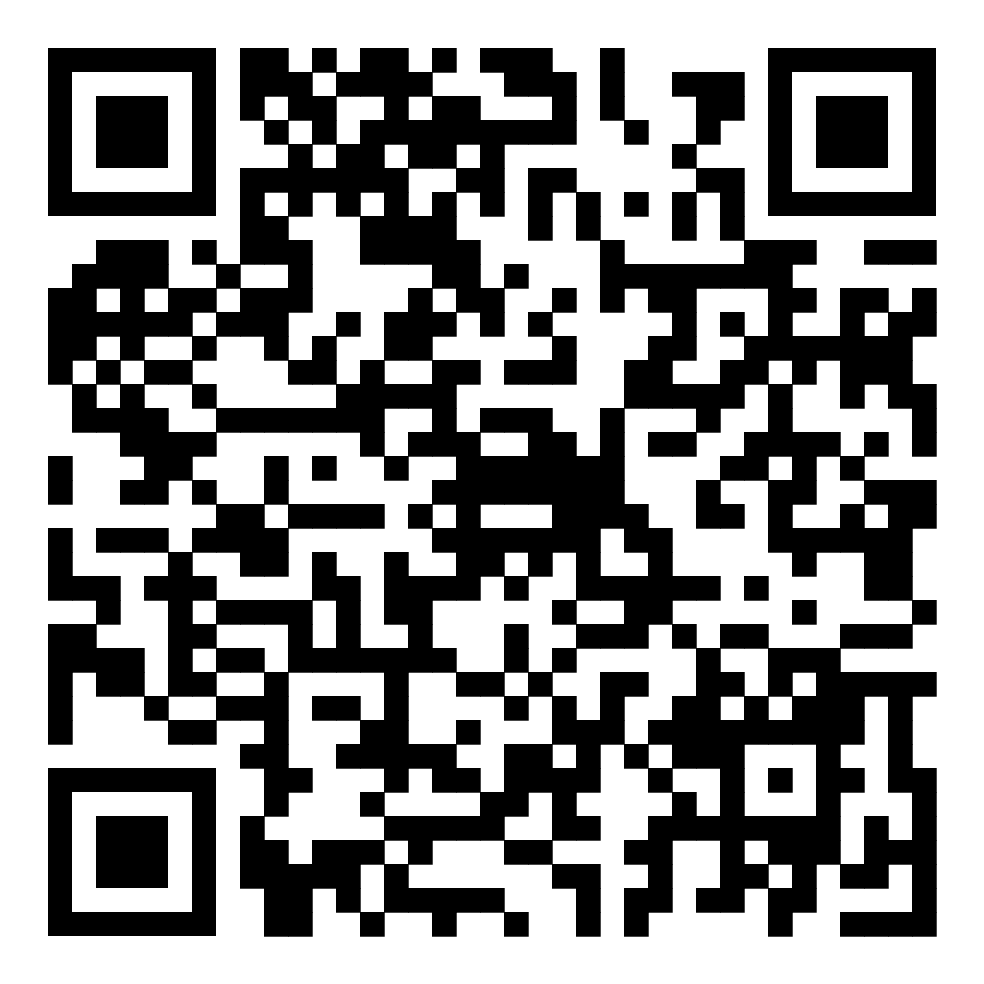Smart Money Handling in Mexico: Tips for Safe Payments and Avoiding Scams

Table Of Contents
Exchange Currency Wisely: To avoid excessive fees, exchange money at local banks or casas de cambio rather than airports or hotels, where rates are less favorable. Using Mexican pesos for transactions, especially in non-tourist areas, is more cost-efficient than relying on US dollars or other foreign currencies.
Cash vs. Card Strategy: Carry a mix of cash in pesos for small vendors and use credit/debit cards for larger purchases at establishments that don't charge foreign transaction fees. Always opt for transactions in the local currency to avoid additional charges.
Protect Against Scams: Familiarize yourself with common tourist scams like fake official fines and ATM skimming. Keep your money secure by diversifying where you keep it and immediately report lost or stolen cards to limit financial loss.
Navigating the financial landscape of Mexico as a visitor involves more than just converting your dollars into pesos. It's about understanding the nuances of currency exchange, managing transaction fees, and staying vigilant against scams.
This guide provides an in-depth overview of the essentials of handling money in Mexico, from the best practices for carrying cash to leveraging ATMs, and making the most out of your debit and credit cards.
Let's embark on this journey with the right knowledge to make your visit not just memorable, but also financially savvy.
Key Takeaways
Decoding Mexico's Currency: Your Guide to Using the Mexican Peso

The Mexican Peso (MXN), denoted by the symbol "$", serves as the national currency of Mexico, pivotal for all transactions, from dining and shopping to transportation and accommodations.
Yes, the "$" symbol is indeed used for pesos in Mexico, much like it's used for dollars in the United States and other countries. When you're in Mexico and you see prices marked with the "$" symbol, they are referring to the amount in Mexican Pesos (MXN), not US dollars.
While pesos are universally accepted, tourist areas may also accept US dollars. Typically, restaurants and hotels, especially in tourist-heavy locations like Cancun or Playa del Carmen, often accept both pesos and dollars. However, paying in pesos can avoid the high exchange rates these establishments may apply to dollar transactions.
Local markets and street vendors primarily deal in pesos, offering a more authentic and budget-friendly shopping experience. Here, using local currency not only simplifies transactions but may also afford you better prices, as vendors prefer the local currency to avoid exchange hassles.
Taxis present a different scenario. While some drivers accept dollars, they might round up the fare unfavorably against you. It’s wise to have pesos at hand for taxi rides, not just for better rates but also to avoid any confusion or disputes over fare calculations.
Navigating Payments in Mexico: Choosing Between Cash and Cards
When to use Cash?
While not the dominant payment method, cash, particularly in pesos, retains wide acceptance across Mexico. Street vendors, small businesses, and even some larger establishments, especially in less urbanized areas, prefer cash. Some even only accept cash transactions.
In tourist zones, American dollars, and occasionally Euros, Canadian dollars, and British pounds might be accepted, but for cost-efficiency and ease of transaction, pesos are recommended. It's prudent to always have some cash on hand for taxis, street food, and small purchases.
However, to enhance security and convenience, it's advisable to carry only what you might need for the day and utilize safer storage options for the remainder.
Are Credit Cards Accepted?
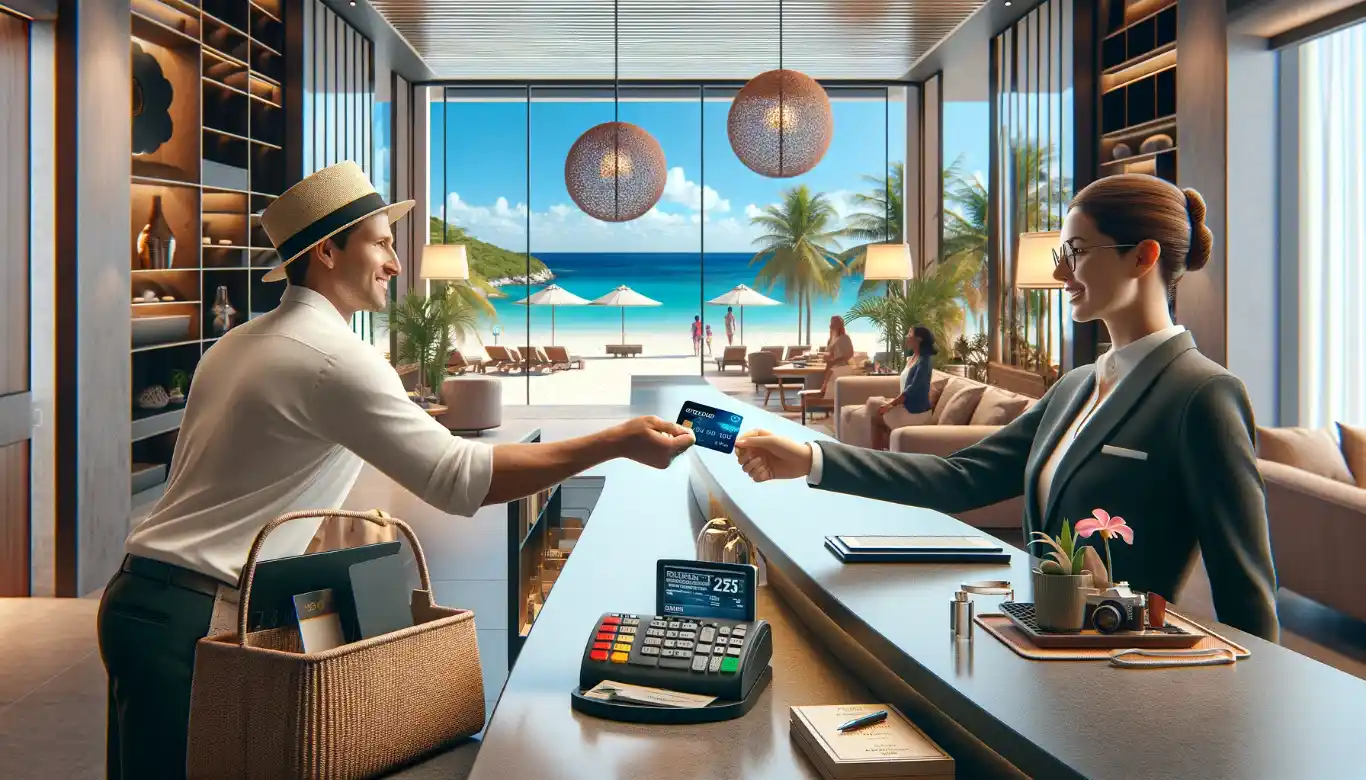
Credit cards, predominantly Visa and Mastercard, are the more dominant payment method in urban and developed tourist locations. International hotels and larger businesses typically accept credit cards without issue.
Yet, it's essential to inquire about potential additional fees for card transactions to avoid unexpected charges. Always retain receipts for your records to monitor spending and resolve any discrepancies that may arise.
Choosing between cash and card during your Mexico visit hinges on the day's activities and locations. For urban exploration and larger transactions, credit cards offer convenience and security. Conversely, for immersive local experiences and smaller, more personal purchases, having cash in pesos is indispensable.
This balanced approach ensures you're prepared for all situations, enhancing your travel experience across Mexico's diverse landscapes.
Preparing Your Finances for Mexico: How Much Money to Bring?

When preparing your finances for a trip to Mexico, understanding how much money to bring is crucial for both short trips and longer stays. Your budget will need to account for accommodations, meals, transportation, activities, and unforeseen expenses.
How much Money to Bring for Short Trips (Up to One Week)?
For a budget-friendly experience, allocate $50-100 per day. This should cover basic meals, local travel, and entrance fees. Mid-range travelers might look at $100-200 daily, while those seeking luxury experiences could expect to spend $200+ per day.
It's practical to have a mix of cash in pesos for daily expenses and a debit card for larger transactions or withdrawals from ATMs, which are widely available in places like Mexico City and Playa del Carmen.
How much Money to Bring for Longer Stays (Beyond a Week)?
If you're staying more than a week, consider a weekly budget to take advantage of accommodation deals and local market prices for food, significantly stretching your funds. Regularly using ATMs with the lowest fees, possibly affiliated with your bank, can help manage your finances without the need to carry large amounts of cash.
Unlocking the Value of Pesos: What Your Money Buys in Mexico

With 1,000 MXN you can...
This amount comfortably covers a day's expenses for a budget traveler. It can get you a few meals at mid-range local eateries, a couple of museum entries, or a night in a budget hostel. Public transportation costs for multiple days can also be covered within this budget.
With 5,000 MXN you can...
Stepping up to 5,000 MXN opens the door to a broader range of experiences. It could cover a night in a high-end hotel, a gourmet dinner for two, or adventure activities like guided tours to historical sites. This amount could also cover car rental for short durations, allowing for deeper exploration of surrounding areas.
With 10,000 MXN you can...
With 10,000 MXN, luxury becomes more accessible. It could pay for several nights in premium accommodation, spa treatments, upscale dining experiences, and private tours.
The Value of $100 USD in Mexico
$100 USD translates to approximately 2,000 MXN (varies with exchange rates), offering significant purchasing power for travelers. This could mean a full day of activities, including dining, transportation, and entry fees for attractions, with prudent spending. It reflects a comfortable budget for exploring, dining out, and enjoying what Mexico offers without stretching into luxury expenditures.
Understanding these costs highlights the importance of planning and budgeting according to your travel style and preferences. Mexico offers a wide range of experiences across different budget spectrums, ensuring every traveler can find something within their means.
Mastering Money Exchange: Secure Transactions and Smart Tips
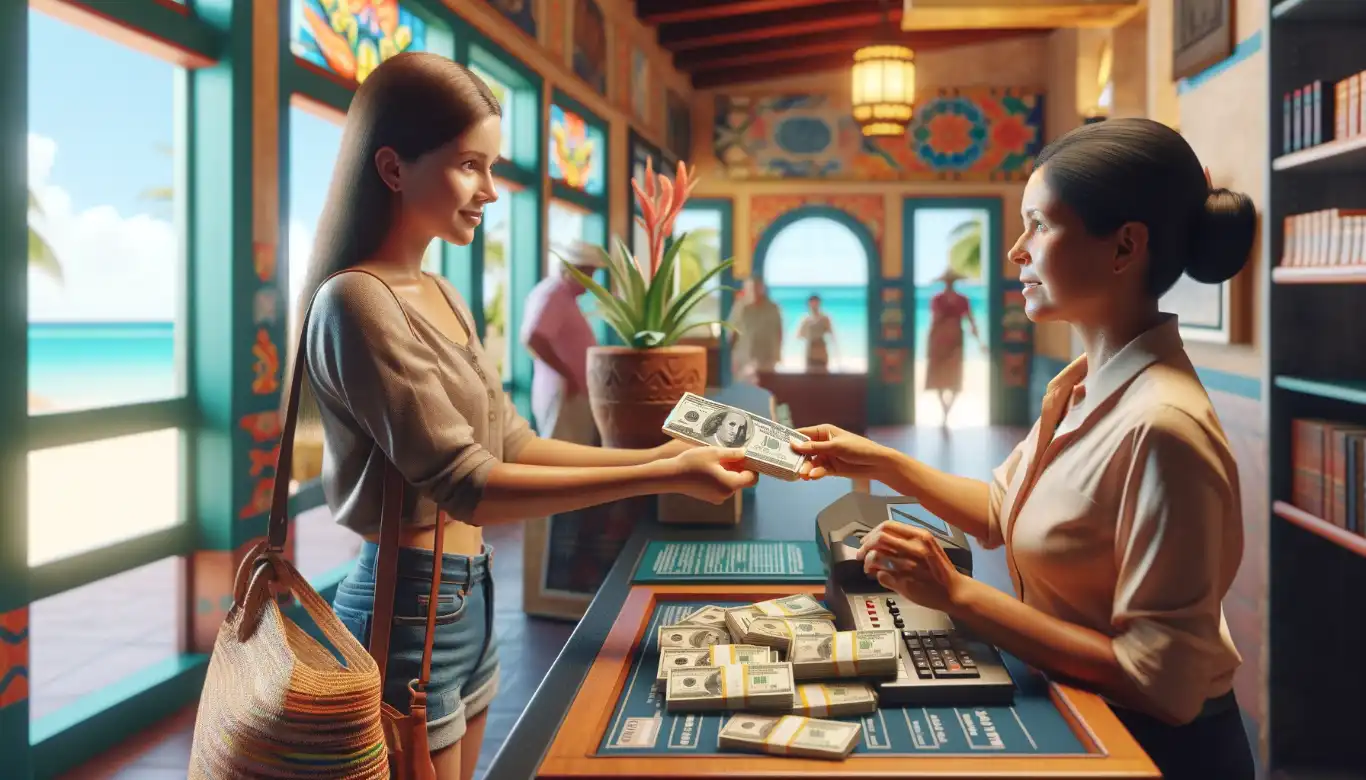
Navigating currency exchange and minimizing transaction fees are crucial for a cost-effective trip to Mexico. Understanding where and how to exchange your money can save you a significant amount over the course of your travel.
In Mexico, currency exchange options abound, but not all are created equal in terms of value. Avoid exchanging money at airports or hotels where convenience comes at a cost—typically, these locations offer less favorable exchange rates.
Instead, opt for established banks or reputable foreign currency and exchange offices (casas de cambio) found in city centers or shopping areas. These venues often provide more competitive rates and lower fees.
Deciding where to exchange money requires a bit of strategizing. Exchanging a small amount of currency in your home country for initial expenses upon arrival (e.g. transportation from the airport) is a wise move.
However, for the bulk of your funds, waiting until you arrive in Mexico can be more beneficial. Local banks and casas de cambio typically offer better rates compared to those in your home country, as they're more in tune with the current market dynamics.
Airports and Hotels: While convenient, these are often the most expensive options for currency exchange, with high fees and rates far from the mid-market value.
Local Banks: Venturing into a local bank or using an ATM can provide more favorable exchange rates and lower transaction fees. It’s worth noting that some Mexican ATMs offer the option to be charged in your home currency or MXN; always choose to be charged in MXN for a better rate.
Identifying the Best Exchange Services
Selecting the optimal currency exchange services is pivotal for maximizing your budget during your travels in Mexico. Begin by researching the current exchange rates through reliable services like XE.com. This initial step gives you a solid reference point to evaluate the rates you're offered.
Next, always ask about any fees accompanying the exchange rate. What appears as an attractive rate at first glance might be less so once hidden fees are applied, affecting the total amount of Mexican pesos you receive.
Using ATMs linked to reputable banks can be an effective strategy for withdrawing cash. These ATMs typically offer rates that are closely aligned with the current market, though it's crucial to be mindful of any fees imposed by the ATM's bank and your own. Informing your bank of your travel itinerary can help prevent any unexpected blocks on your account, ensuring seamless access to your funds.
For those considering digital payments or credit cards, opting for options without foreign transaction fees can greatly reduce costs. These payment methods not only offer competitive exchange rates but also provide a convenient and secure way to manage your finances without the need to carry large quantities of cash.
By carefully choosing where and how to exchange your currency, you can ensure more of your budget is spent on enjoying your travels rather than on fees and poor exchange rates.
The Role of Banks and Currency Exchange Services
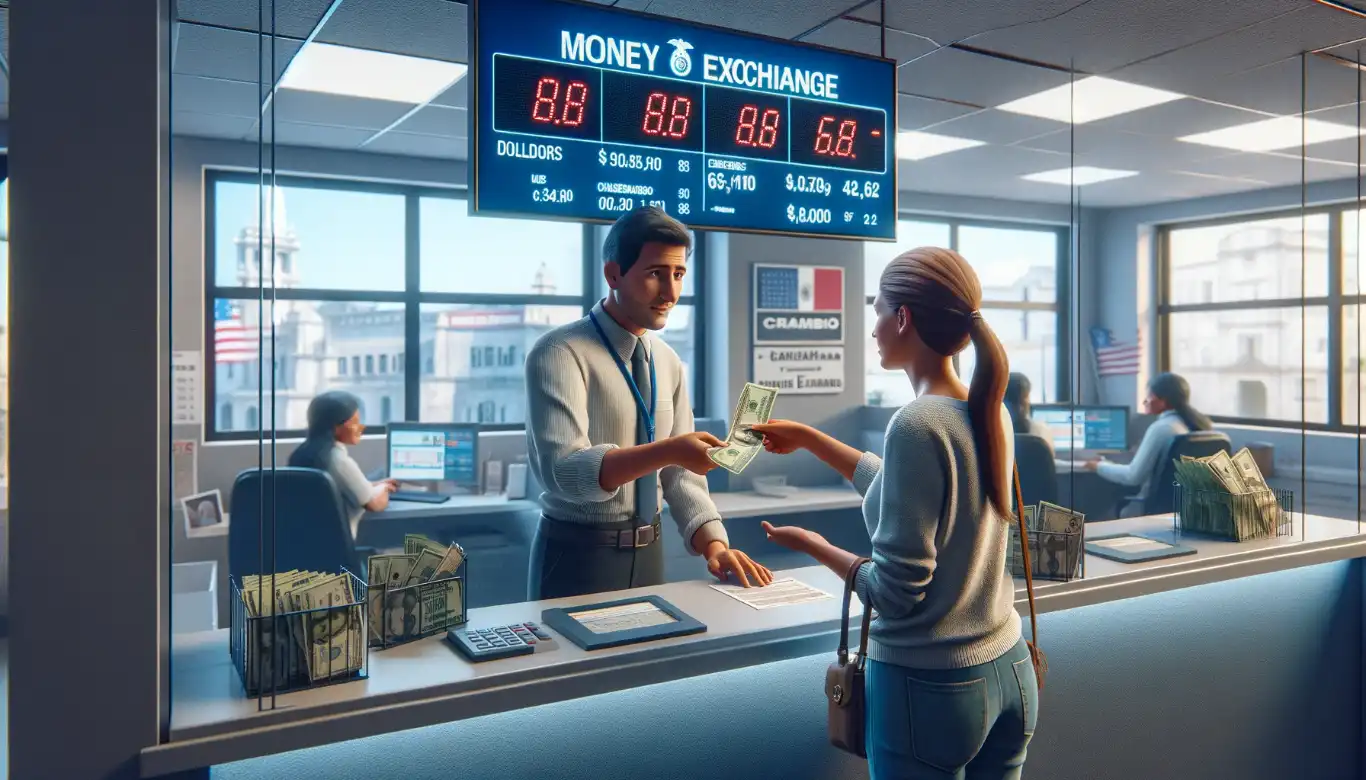
Not all banks and currency exchange services are equal. Major banks in urban and tourist areas typically offer better exchange rates and lower fees than smaller, local banks. International travelers should seek out banks with international partnerships or those known to cater to foreigners for even better terms.
The location of the exchange service can significantly impact the rates and fees you encounter:
Always choose to be charged in the local currency when using your card abroad. It's cheaper as your bank gives a better exchange rate than the merchant.
By strategically choosing where and how to exchange your money, leveraging the services of reputable banks, and avoiding high-fee areas like airports and hotels, travelers can maximize their budget and enjoy their Mexican adventure with one less worry.
Are you asking yourself which cities to visit in Mexico? See our Blog Post on the 10 Safest Cities in Mexico in 2024.
Using Credit and Debit Cards in Mexico
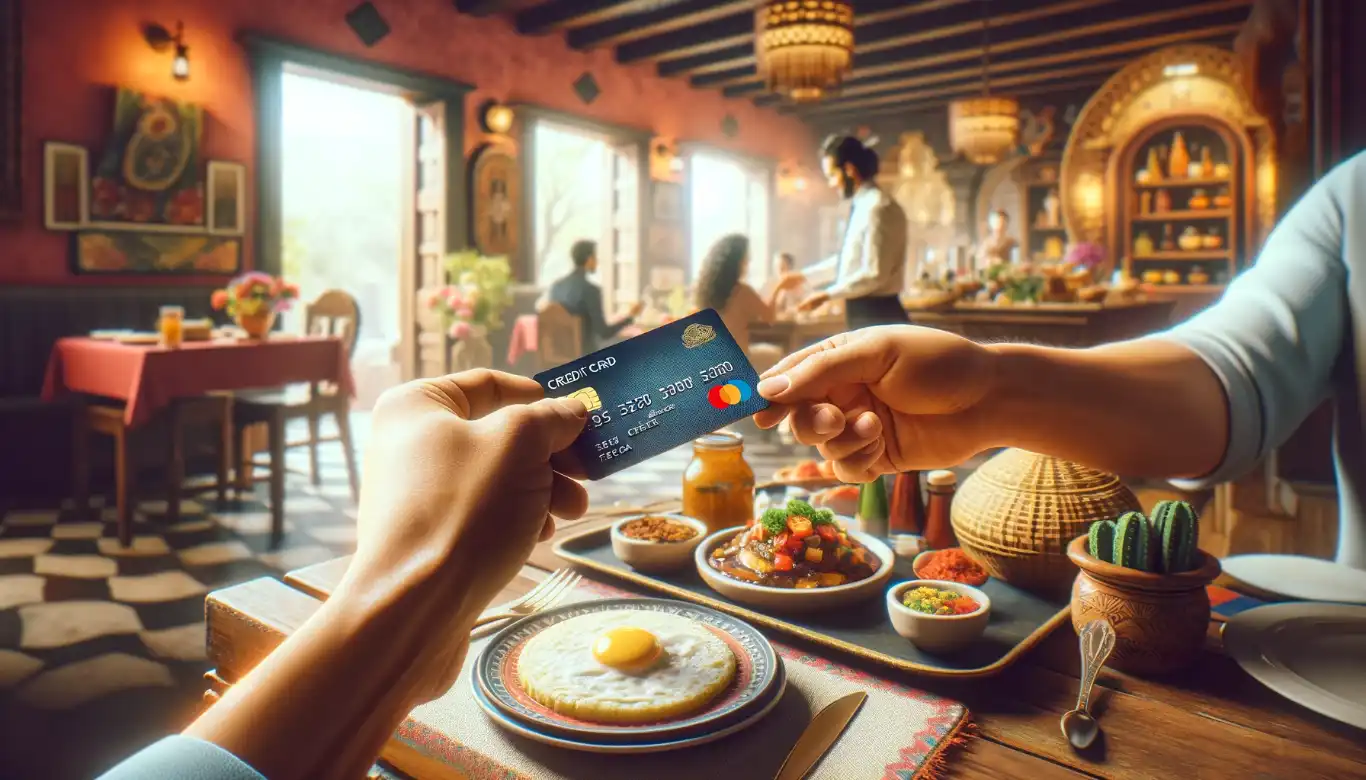
Credit and debit cards are widely accepted across Mexico, particularly in urban areas, tourist destinations, and larger commercial establishments. This acceptance offers convenience but comes with considerations to ensure safety and cost-efficiency.
Prevalence of Card Acceptance
Major international cards, including Visa, MasterCard, and American Express, are accepted in most hotels, restaurants, and stores in Mexico. However, smaller vendors, local markets, and remote areas may require cash, so it's prudent to inquire about payment methods beforehand or always have some cash on hand.
7 Tips for Using Your Cards Safely and Minimizing Fees
Before traveling, inform your bank of your travel plans to prevent your card from being flagged for suspicious activity and frozen.
Prefer ATMs located within bank premises or in secure locations to minimize the risk of skimming. Avoid using ATMs in secluded or poorly lit areas.
Some cards charge a fee for international transactions, which can add up. Consider applying for a card that waives these fees if you travel internationally often.
When making a card transaction, you may be asked if you want to be charged in your home currency. Opt for the local currency (MXN) to avoid additional conversion fees, as your bank's exchange rate is usually more favorable.
Retain receipts for all transactions until you can verify them against your own bank account statements to ensure there are no unauthorized charges.
For added security and convenience in everyday purchases, use contactless payments with your card or digital wallet when available. This method also helps minimize physical contact with payment terminals.
Carry a backup card stored separately from your wallet in case your primary card is lost or stolen, ensuring you're not left without access to your funds.
Following these tips can enhance the safety and efficiency of using credit and debit cards in Mexico, letting you focus more on enjoying your trip and less on managing your finances.
Understanding Tipping Customs in Mexico: Dive into the cultural foundations of tipping.
Decoding Service Charges: Learn to identify when gratuity is included in your service charge.
Tipping Across Services: From restaurants and all-inclusive resorts to taxis and tour guides, get clear on how much to tip.
Practical Tipping Advice: Equip yourself with tips for carrying small bills and navigating tipping in non-traditional settings like grocery stores and gas stations.
Tipping in Mexico: How Much to Tip in Mexico?

Tipping in Mexico is more than a financial gesture; it's a reflection of appreciation for service excellence. Whether you're dining out, staying at a resort, or exploring with a tour guide, understanding the nuances of tipping can greatly enhance your experience. Our extensive guide, "The Complete Guide to Tipping in Mexico," covers all you need to know, from standard practices in various settings to handling situations with tact and respect.
Discover insights into:
Read our deep dive on Tipping in Mexico.
Fake Officials: Scammers may pose as police officers or government officials demanding a fine or bribe. Always ask for identification and, if in doubt, offer to accompany them to the nearest police station.
Taxi Overcharges: Some taxi drivers might take longer routes or claim the meter is broken to charge more. Agree on the fare beforehand or insist on using the meter.
Timeshare Frauds: Be wary of free gifts or tours in exchange for attending a timeshare presentation or paying an admin fee. These can lead to high-pressure sales tactics and significant financial loss.
ATM Skimming: Criminals install devices on ATMs to capture card information. Use ATMs in secure locations and check for any signs of tampering.
Smart Money Safety in Mexico: Avoiding Scams and Protecting Your Finances
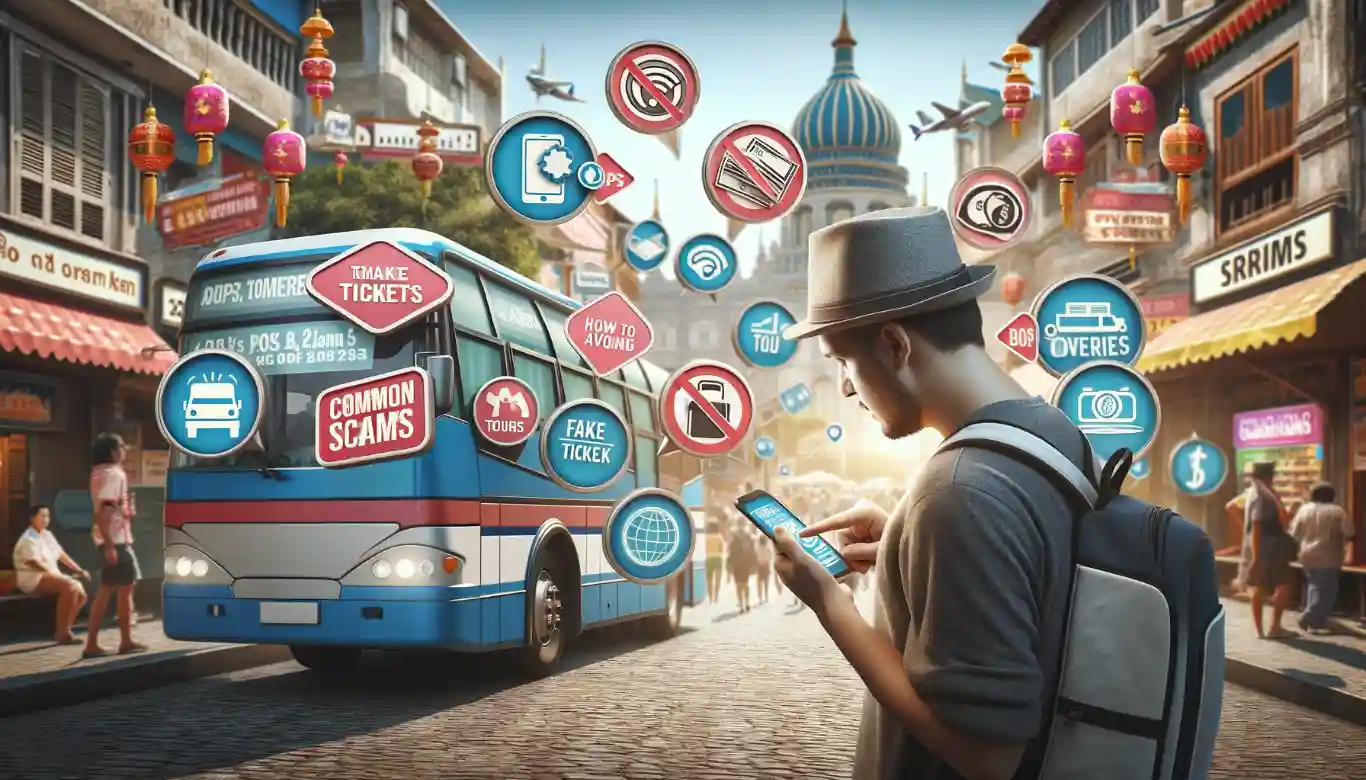
Traveling to Mexico presents an array of vibrant experiences, but it's also important to stay vigilant about financial safety. Awareness of common scams and practical tips for safeguarding your money can make all the difference in ensuring a smooth and enjoyable trip.
Common Scams Targeting Tourists
Keeping Your Money Safe
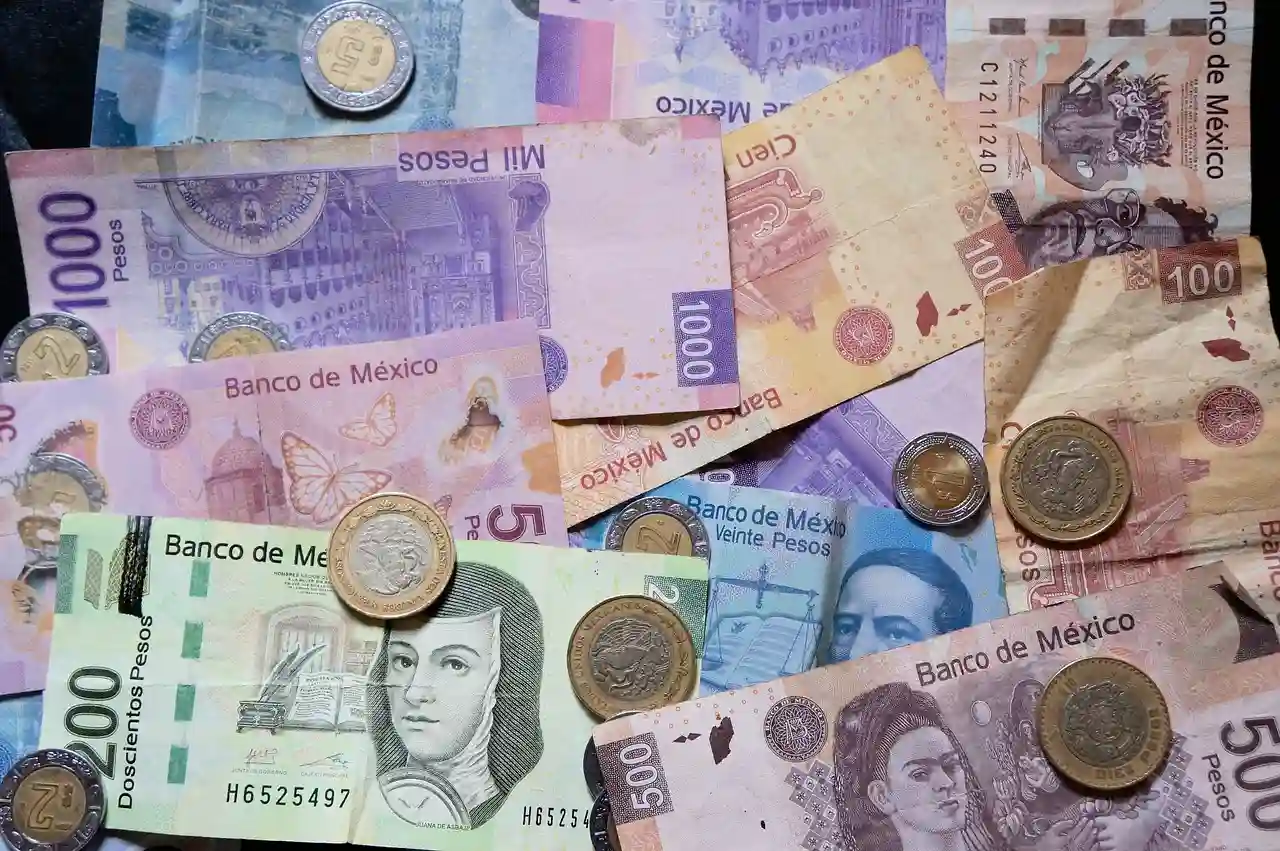
Don't carry all your money in one place. Use a combination of cash, cards, and digital payments, and keep them in separate locations.
For cash and important documents, consider a money belt or a hidden pouch that can be worn under your clothes.
Avoid flashing large amounts of cash or expensive jewelry that could make you a target for thieves.
Use bags with secure closures and wear them in front of you, especially in crowded areas or public transportation.
What to Do, if Your Wallet or Cards Are Lost
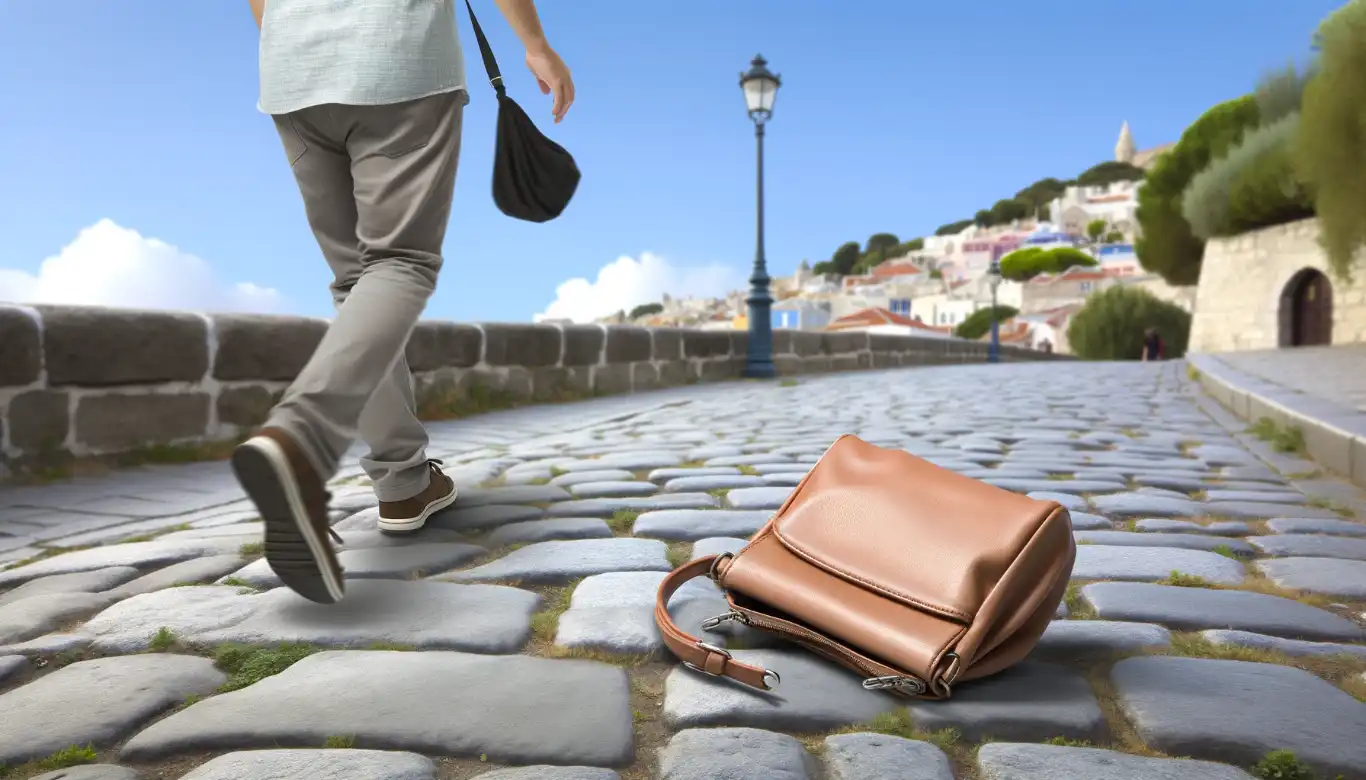
If you realize your wallet or cards are missing, act quickly to limit any potential damage.
Contact your bank or credit card providers immediately to report the loss and cancel your cards.
While recovering lost money might be an unlikely event, a police report is essential for insurance claims and may assist in investigations.
Keep a separate note of emergency contacts and any backup options for accessing funds.
By staying informed about common scams and implementing practical money safety tips, you can focus on enjoying the rich cultural tapestry of Mexico with peace of mind.
Summary
For a financially savvy journey in Mexico, prioritize local currency exchanges at banks or casas de cambio for favorable rates, and utilize ATMs from trusted banks. Embrace a mix of cash for minor transactions and cards for larger expenses, ensuring cards have minimal foreign transaction fees. Be proactive against scams by securing your funds and adopting discreet money handling practices. Budget wisely, tailoring your cash reserve to your travel style, and always prepare with a backup for unforeseen events. This approach ensures a secure and efficient financial experience in Mexico, allowing you to enjoy your trip with peace of mind.
FAQ
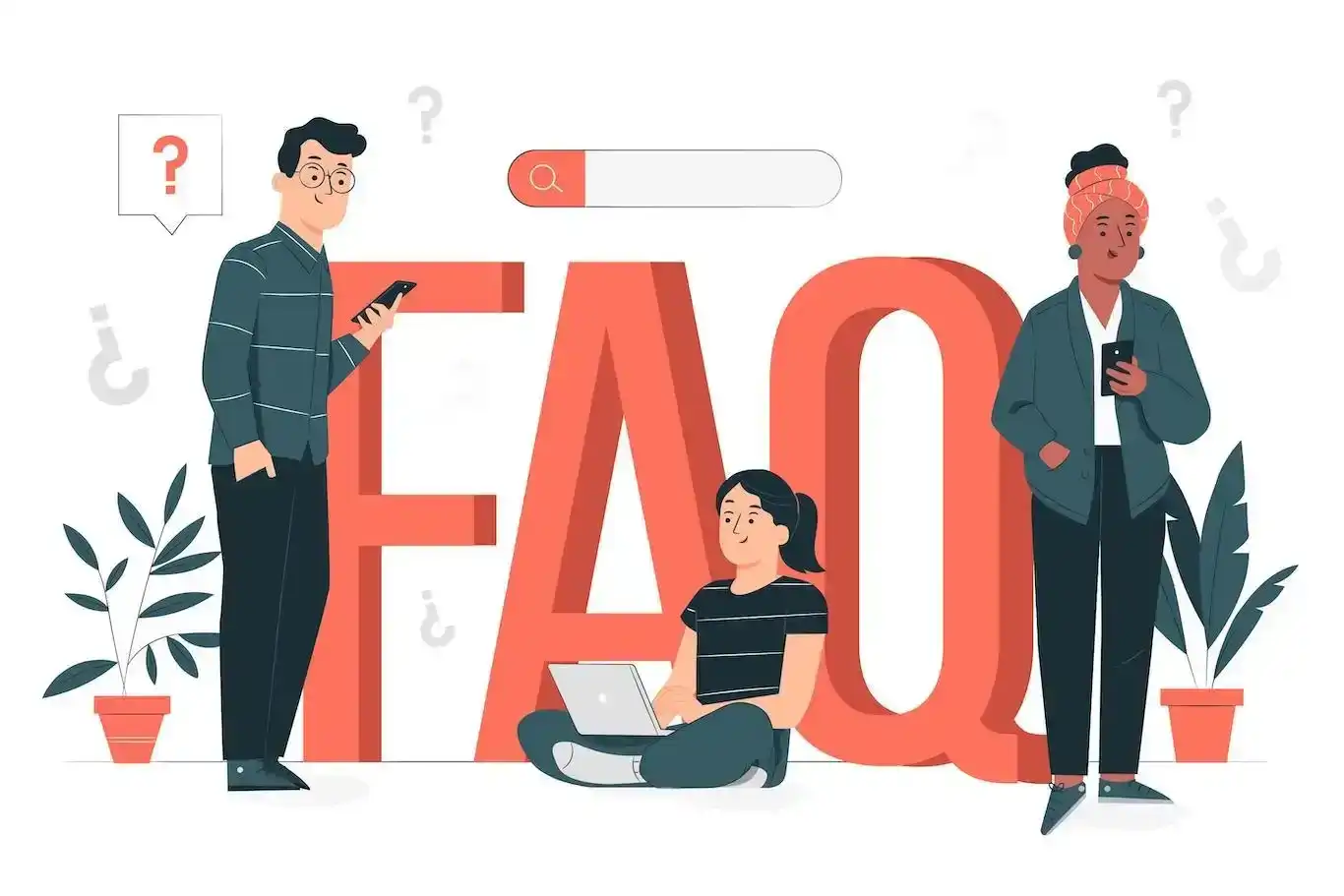
How much cash to bring to Mexico?
For a trip to Mexico, plan your cash based on daily spending and the nature of your visit. Budget travelers should consider around $50-100 (or the equivalent in Mexican pesos) per day for basic expenses, while those seeking mid-range to luxury experiences might budget $100-200 or more.
Can you use US dollars in Mexico?
Yes, US dollars are accepted in many tourist areas across Mexico, including popular destinations like Cancun, Puerto Vallarta, and Playa del Carmen. However, for the best value and to avoid high exchange rates, it's recommended to use Mexican pesos for transactions.
Is $100 a lot of money in Mexico?
$100 USD, translating to roughly 2,000 Mexican pesos (depending on the current exchange rate), can be considered a significant amount for daily expenses in Mexico, especially outside of high-end tourist areas. This amount can cover several days' worth of meals, transportation, and modest accommodations or activities for budget travelers.
Is it better to convert money at home or in Mexico?
Converting money in Mexico generally offers better exchange rates compared to doing so in your home country. Currency exchange services, local banks, and casas de cambio in Mexico often provide more favorable rates and lower fees.
Is it better to use cash or debit card in Mexico?
In Mexico, using a mix of cash and debit cards is typically the best approach. Cash, particularly in Mexican pesos, is essential for smaller purchases, local markets, and areas where cards might not be widely accepted. Debit cards are convenient for larger payments and can offer good exchange rates.
Is $5 a good tip in Mexico?
Yes, $5 USD (about 100 Mexican pesos, depending on exchange rates) is generally considered a good tip in Mexico for many services. Remember, tipping in local currency is often more convenient for the recipient.
Do you need Mexican pesos in Cancun?
Yes, having Mexican pesos in Cancun is advisable. While US dollars are widely accepted in this tourist hotspot, transactions in local currency often ensure better prices and are preferred for smaller purchases like street food, local transportation, and markets.

